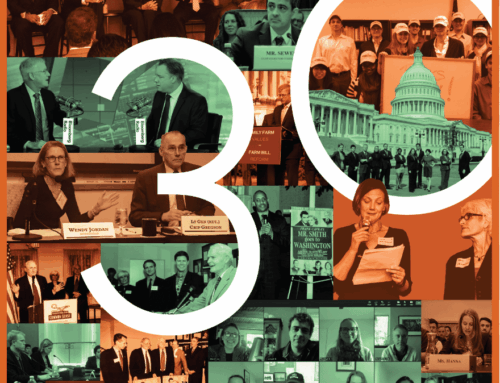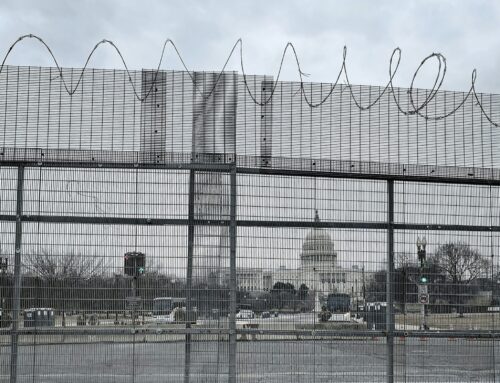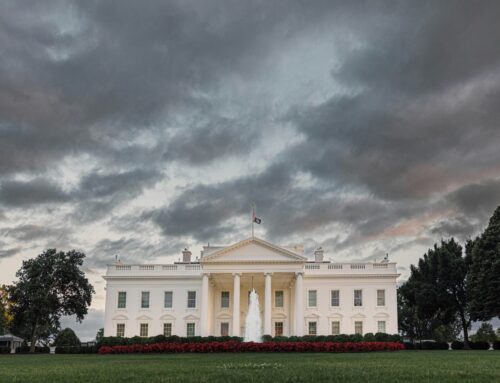When the new Congress is sworn in next week, they will begin work on another economic stimulus bill aimed at turning our economy around. Although experts across the political spectrum argue a massive stimulus package is appropriate, there is less agreement on exactly what the stimulus should look like. The stakes – and the reported $750 billion price tag – are high. And considering we have racked up a $10.5 trillion debt, we can’t afford for this package to be wasteful and ineffective.
As a starting point, the stimulus package must be transparent. That starts with giving taxpayers plenty of time to review the legislation before its final passage. This will allow for a vigorous public debate to flesh out the ideas before they are implemented. We recognize time is also a commodity, but with stakes this high, we can’t afford to have haste make waste. And transparency can’t end with the consideration of the bill – it needs to be built in to the way the money is distributed and spent. Each state or entity should be required to report on a regular basis which projects received stimulus money, specifically how that money is being spent, and the direct benefits of the spending. This information should be up-dated weekly and made available on the internet so that all taxpayers can see where their dollars are going.
We also need to be clear about the goals and methods up front. If the primary justification of the stimulus bill is to prevent further job losses and create new jobs, then spending should be evaluated against those milestones. Congress must learn from the financial bailout, which was sold as a means to open up credit markets and stabilize the economy by acquiring toxic financial assets but morphed into an effort to shore up banks through direct capital injections. Because there were so few (in fact almost no) strings attached to these capital injections, much of that money is being held and not loaned out. The fact that the financial system hasn’t completely collapsed is not a benchmark; Congress must articulate more concrete measures of success for the stimulus. Secondary goals – from increasing energy efficiency to putting money in people’s wallets through payroll tax deductions to reducing traffic congestion – should be spelled out as well to allow us to measure whether our investment is having the intended effect.
And of course, where the money goes matters. If Congress takes a business-as-usual approach, earmarking everything from specific transportation projects or narrowly drawn or permanent tax breaks for favorite industries (or worse, campaign contributors), the effect of stimulus on the economy will be diluted. Unless the stimulus money is used in the marketplace and effectively leveraged, we run the risk of improving the bottom lines of states and certain industries without fundamentally stimulating the economy. Lawmakers can avoid this by concentrating on funding and tax incentives for activities and private actions that would not have occurred absent the funding. Congress should dictate that infrastructure and transportation spending be focused on maintenance and repair projects first, followed by “shovel ready” congestion reduction and safety related projects. Using this money to build large new long-term projects is unlikely to be helpful at stimulating local economies.
Finally, Congress must build in strong and effective oversight provisions into the bill. Inspectors Generals offices should be strengthened in the relevant agencies, the Government Accountability Office should report on stimulus efforts, and Congress should hold regular hearings to monitor the progress.
The financial bailout efforts to date, including the $700 billion TARP program, increases to FDIC insurance and loan guarantees has already put several trillion taxpayers dollars at risk. Before investing nearly a trillion dollars in another stimulus package, Congress needs to be hardnosed both about how it spends our money and where those dollars go.










